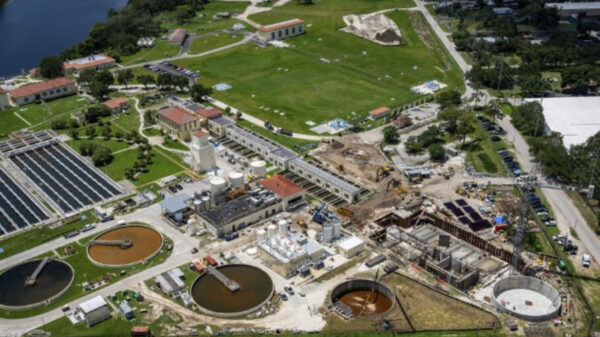A team of astronomers from the University of Hawaiʻi Mānoa has achieved a significant milestone in astrophysics by capturing the three-dimensional shape of a supernova during its explosive breakout phase. The supernova, designated SN 2024ggi, is located in the nearby galaxy NGC 3621 and was observed in April 2024. This groundbreaking observation revealed that the supernova had an unusual, elongated shape resembling an olive rather than the more common spherical form.
The discovery relied on ultra-rapid observations taken within approximately 24 hours of the initial detection, providing a rare, real-time glimpse into the final moments of a massive star’s life. Chris Ashall, an assistant astronomer at UH Mānoa’s Institute for Astronomy, was part of the rapid-response campaign. He noted the significance of the event, stating, “As soon as the alert came in, we knew this was the kind of a relatively nearby explosion you might see once in a decade.”
Fast Coordination Leads to Critical Observations
Following the initial alert about SN 2024ggi, the team quickly coordinated with international observatories to gather data. Within hours, an urgent request was sent to the Very Large Telescope (VLT) in Chile, which began observing the supernova roughly 26 hours after it was first identified. Utilizing the FORS2 instrument, the VLT captured polarized light during the shock breakout—a brief period that would have closed within a day. These early observations were crucial for determining the three-dimensional structure of the explosion.
The team reconstructed the ejecta’s geometry through spectropolarimetry, allowing them to analyze how polarization varied with wavelength. The results, published in Science Advances, revealed an axisymmetric, prolate shape that maintained its orientation as it interacted with surrounding gas. This persistent axis suggests that large-scale mechanisms may play a significant role in the explosive deaths of massive stars.
Identifying the Progenitor Star
Further analysis identified the progenitor star as a red supergiant, estimated to be between 12 and 15 times the mass of the Sun and approximately 500 solar radii in size. These characteristics align with typical Type II supernovae, corroborating findings from other studies published in Astronomy & Astrophysics. The parameters of the progenitor help explain the short and intense shock breakout signal observed.
In a coordinated effort to follow the expanding debris from SN 2024ggi, astronomers are also utilizing the James Webb Space Telescope (JWST). Early observations from JWST indicated clumpy material in the debris, suggesting that molecules may be forming in the aftermath of the explosion. The UH Institute for Astronomy is contributing to these efforts by combining infrared and optical data to trace where dust and molecules condense in the cooling ejecta.
The unique olive-like shape of SN 2024ggi not only represents a novel discovery but also highlights the importance of rapid alerts and flexible scheduling in astrophysics. Such initiatives enable scientists to capture fleeting moments that provide valuable insights into the processes governing stellar death. For researchers at UH Mānoa and their international partners, this observation exemplifies how local scientists can engage in global campaigns to enhance our understanding of cosmic phenomena.






































































